Go is a statically-typed, concurrent, and garbage-collected programming language developed by Google. Here are some of the basic concepts and guidelines for writing code in Go:
Syntax: Go has a simple and straightforward syntax that is easy to learn. The language has a strict coding style, with specific rules for naming variables, functions, and types, and for formatting code.
Variables: Go has several basic data types, including integers, floating-point numbers, strings, and booleans. Variables must be explicitly declared and can be initialized in the same line.
Functions: Functions in Go are first-class citizens and can be passed as arguments to other functions and returned as values from functions. Go also has support for anonymous functions, also known as closures.
Concurrency: Go has built-in support for concurrent programming, with a mechanism called Goroutines. Goroutines are lightweight threads of execution that run in parallel with each other.
Channels: Go also has a mechanism called channels, which allow Goroutines to communicate and synchronize with each other. Channels provide a safe and efficient way to pass data between Goroutines.
Error handling: Go has a straightforward approach to error handling, with the use of the error type. Functions can return an error value to indicate that an error has occurred, and Go provides a standard way to check for errors and handle them.
Go toolchain: Go has a well-designed toolchain that makes it easy to manage dependencies, build, and test your code. The Go toolchain includes a package manager, a build tool, and a testing framework.
Go libraries: Go has a growing library of standard and third-party packages, which makes it easy to extend the functionality of your code and take advantage of existing solutions to common problems.
In conclusion, Go is a language that values simplicity, efficiency, and maintainability. To write good Go code, it is important to follow best practices, such as writing concise and readable code, testing your code thoroughly, and using the right libraries and tools for the job.

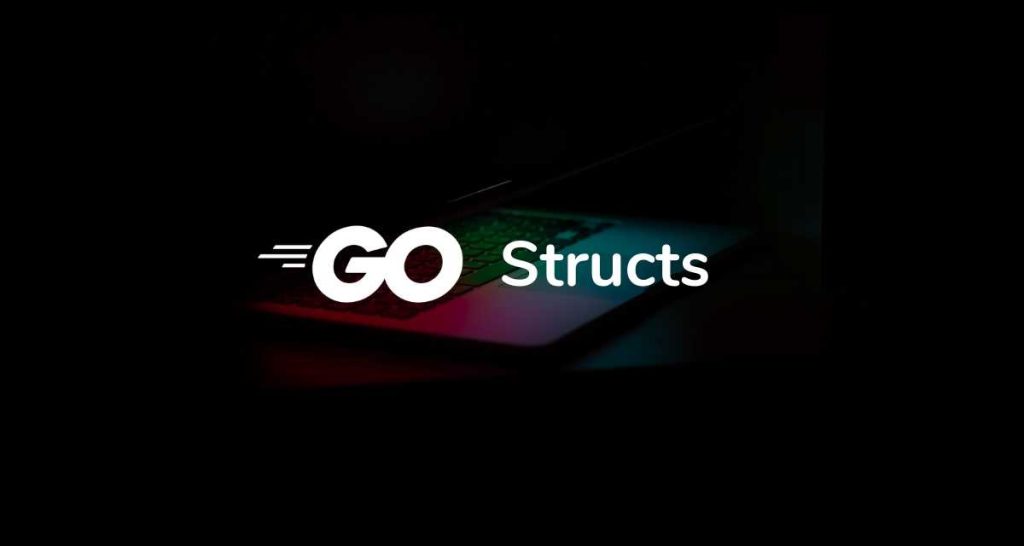
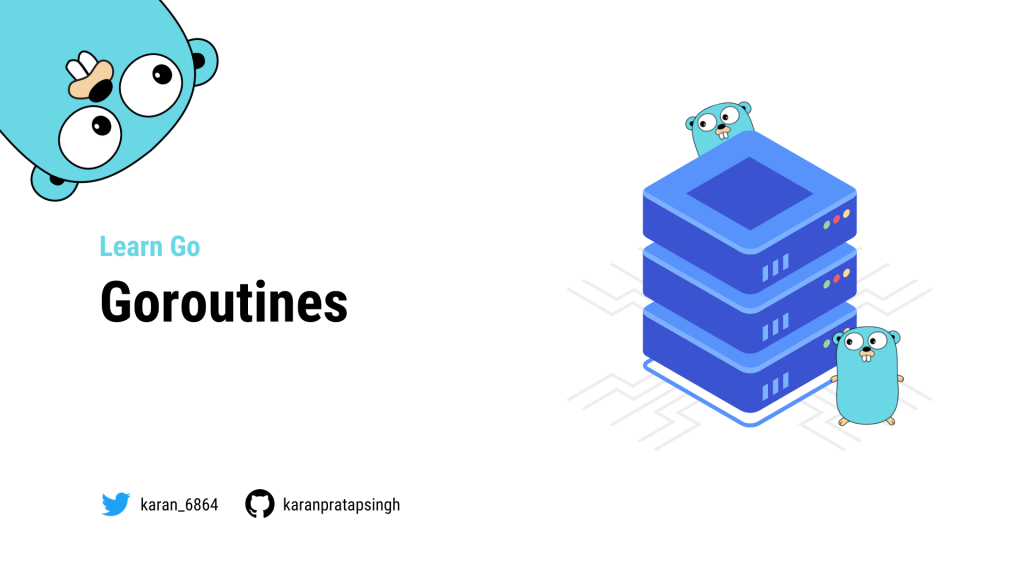

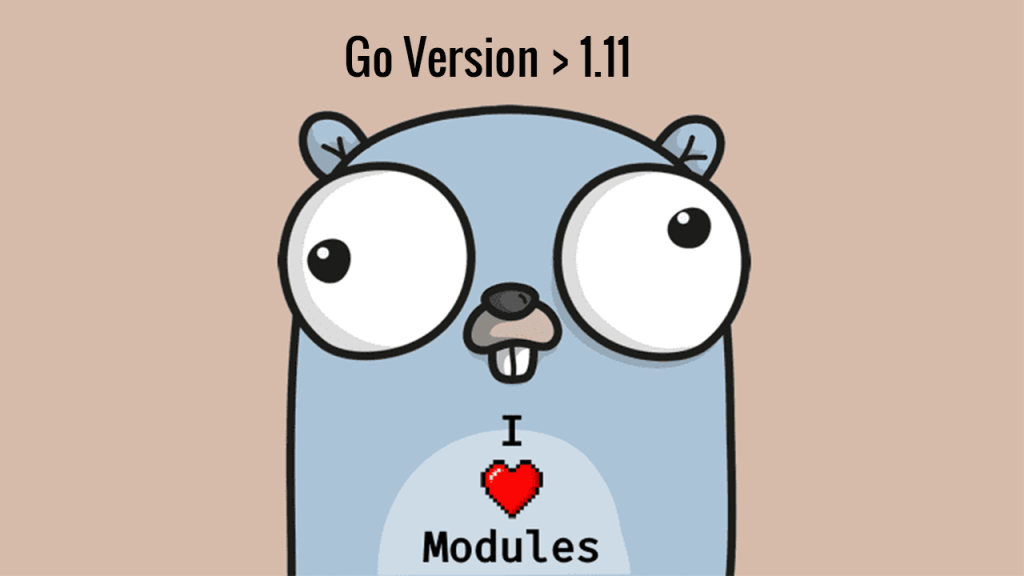
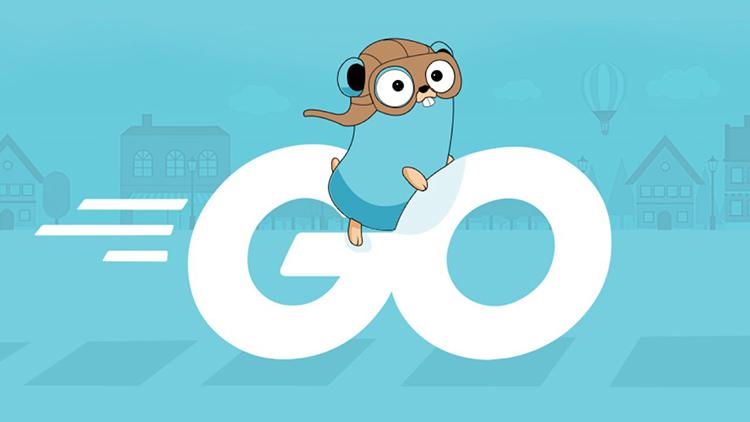
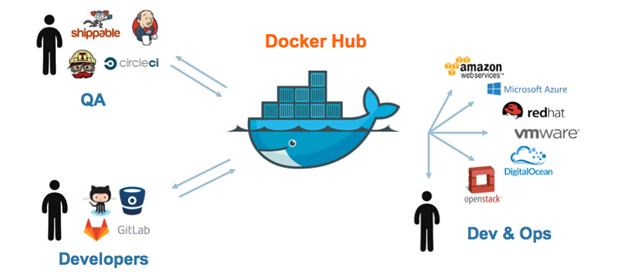
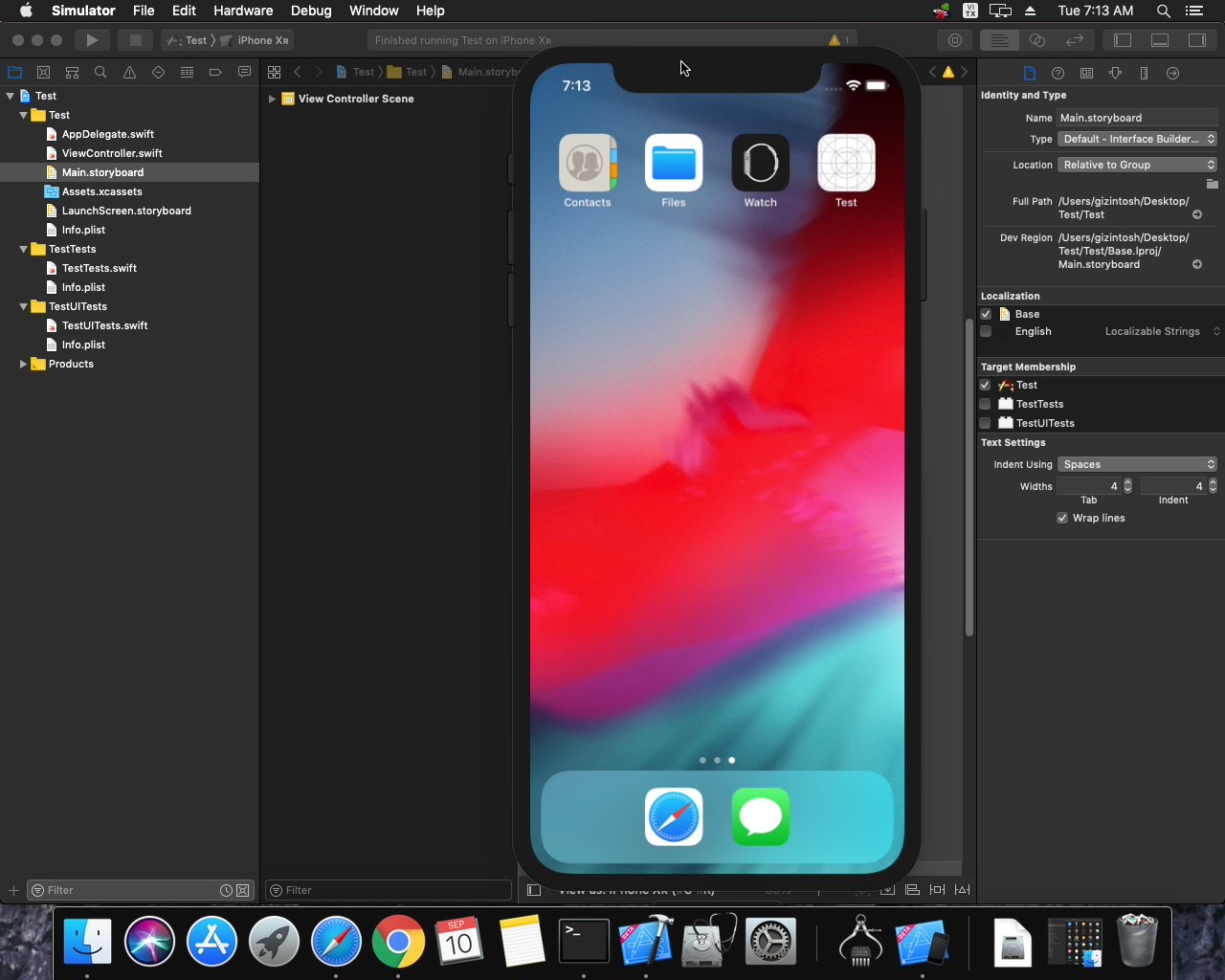
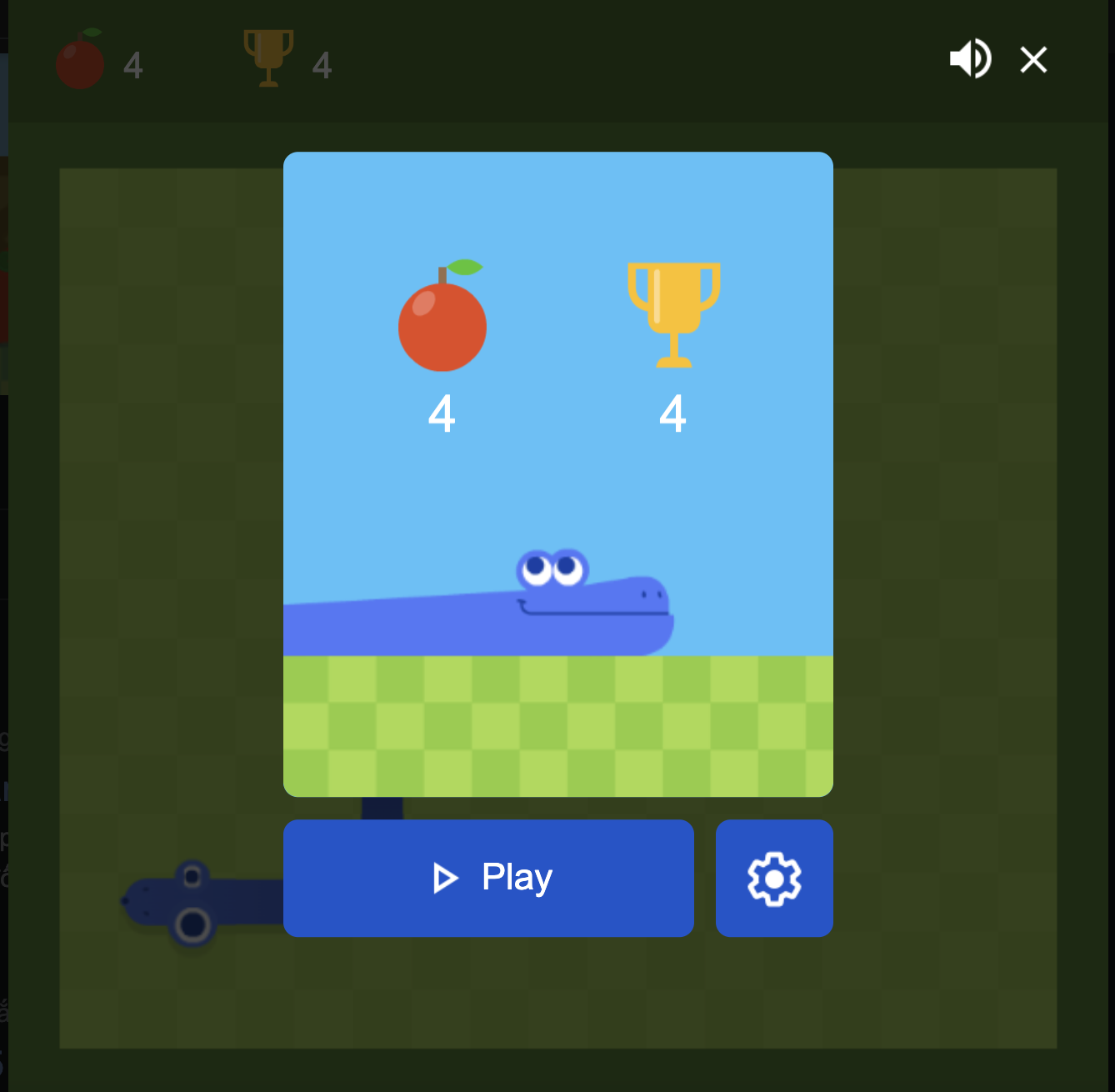 Khoá học lập trình game con rắn cho trẻ em
Khoá học lập trình game con rắn cho trẻ em 


